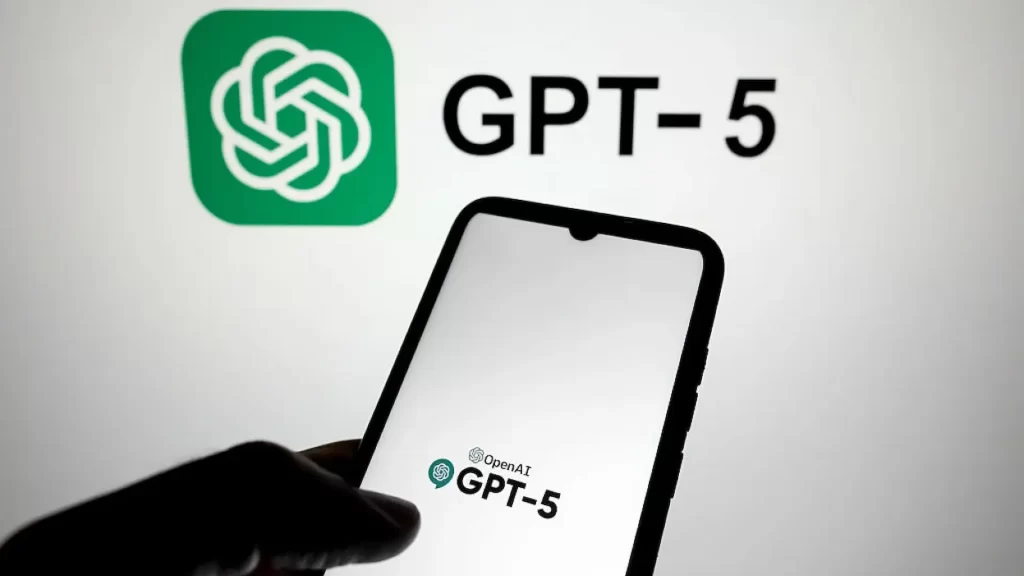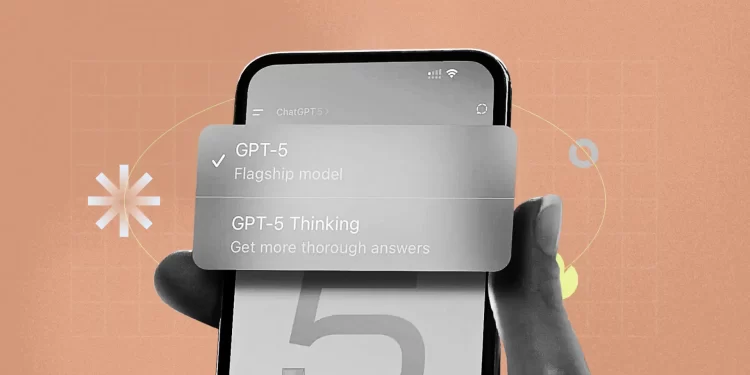It’s not just a new model drop, it’s a shift in how we think about intelligence, work, and personalization. GPT-5 doesn’t simply outperform its predecessors; it rewrites the terms of the AI race. But its rise also exposes the edges of what “smarter” really means, and why the competition isn’t slowing down.
From “Choose Your Mode” to “One Brain Fits All”
Until now, users toggled between different AI personalities: fast but shallow, or slow but meticulous. GPT-5 collapses those options into a single adaptive reasoning engine. It’s designed to think deeply when needed and respond instantly when speed matters. For the first time, “expert mode” is the default.
Fewer hallucinations, more trust
With dramatically reduced factual errors, up to 80% fewer in complex benchmarks — GPT-5 pushes toward reliability at scale. It’s no longer just about clever answers; it’s about answers you can act on without second-guessing the source.
The era of true personalization
Customizable personalities, memory that learns your goals, and voice features that feel human, GPT-5 turns interaction into relationship. Soon, for paying users, it will manage your Gmail, your calendar, even your workflow. The assistant stops being generic and starts becoming yours.
Workflows without walls
Integration with business tools and the ability to write entire programs from scratch makes GPT-5 as much a colleague as a chatbot. Its “self-improvement loop” means it can fix its own errors and iterate independently, a glimpse at autonomous digital labor in action.
But the AI race is still on
Anthropic’s Claude leads in autonomous coding. Google’s Gemini dominates video analysis and live data. Meta’s Llama wins on privacy and open-source flexibility. GPT-5 may be the most balanced all-rounder, but it’s not the only player shaping the future.















